What To Expect
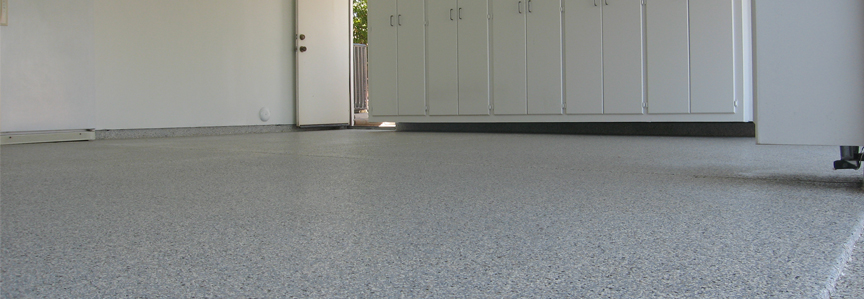
Concrete is by far one of the most used building materials all around the world and if you have concrete as your main flooring system, you might want to coat it. But what are concrete coatings all about, are they worth it? For the average home or business owner, a concrete coating can be your best friend and not just because it can make your concrete look better. Concrete coatings can enhance your concrete performance while offering dozens of options in terms of coating selection, each with its own forms of benefits. Want to know what you should expect when it comes to concrete coating? We have everything you need to know outlined below.
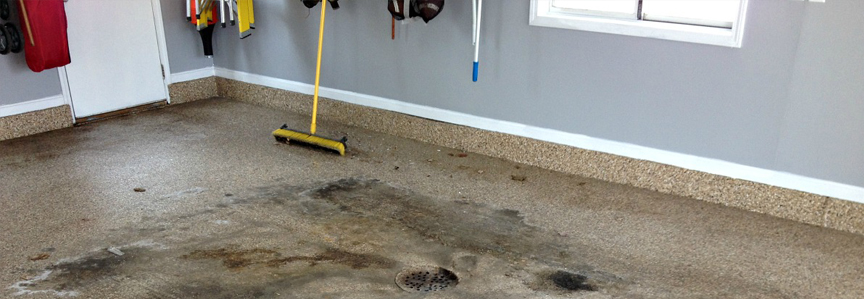
There are 2 major reasons why you should coat your concrete. The first one we will cover is the water content. Concrete is a very porous material that will absorb moisture with ease when left uncoated. With time and pressure applied to the concrete, increased moisture levels will lead the concrete to crack or lose structural integrity, resulting in corrosion that will render your concrete useless years before it reaches its full-service life. Another disadvantage of uncoated concrete is chemical damage. Although concrete is extremely resistant to harsh UV lights, chemicals that are exposed to concrete in certain service areas like garages and commercial or industrial facilities will slowly wear down at the slab. This results in reduced service life, reduced aesthetics, and decreased performance from the slab as a whole.
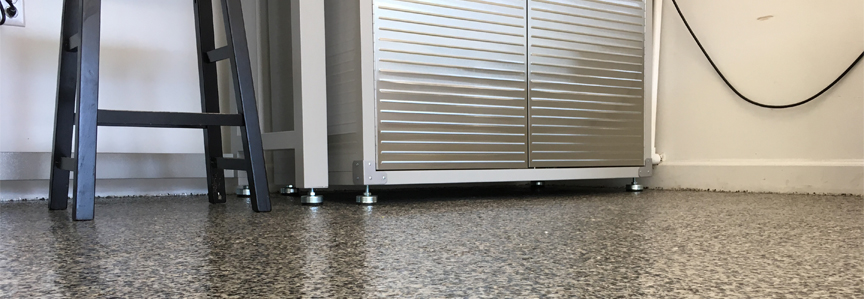
The most common forms of concrete coating systems typically consist of repair compounds, sealants, and surface-applied toppings. While repair compounds are common on concrete flooring, we are going to be talking about surface-applied toppings and sealants like epoxies, polyurethane, and acrylic sealers as they are the most common form of commercial and residential coatings. To start, let’s talk about epoxy. Epoxy flooring is a resinous coating that consists of epoxy resin and a urethane hardener to create a durable and chemical-resistant coating for your concrete. Urethane and acrylic sealers are also fairly common in the residential and commercial sectors as well as they are fast to install and offer concrete protection from chemicals, wear, and an assortment of chemicals depending on the type of sealer used.
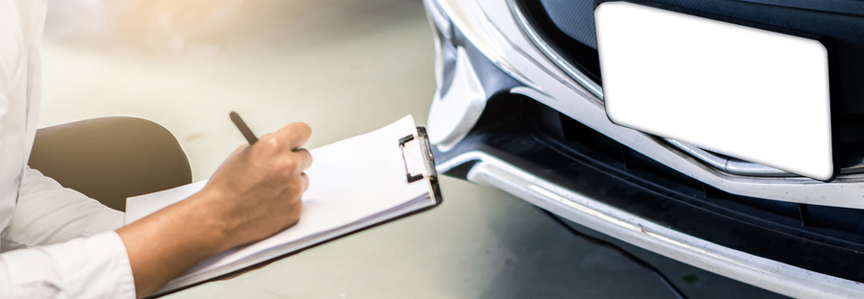
Sadly, the performance of the coating you choose to place on your concrete will never always be perfectly predicted. That is why there are tests to ensure that professional-grade materials can withstand the test of time on both commercial and residential slabs where circumstances aren’t always simulated like they are in a lab. Down below, you will find some of the tests that are performed on coatings, discovering the performance expectations of the coatings.
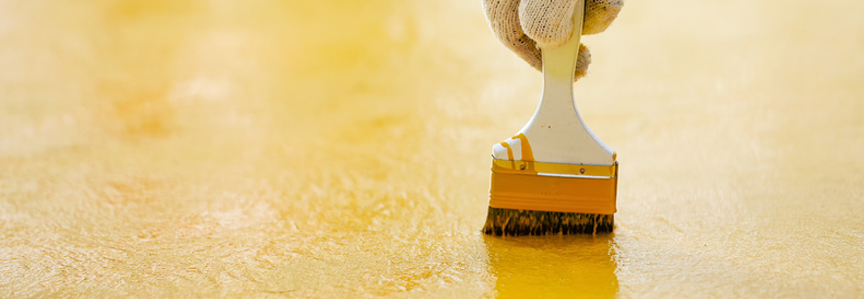
ASTM D4587 (Standard Practice for Fluorescent UV-Condensation Exposures of Paint and Related Coatings) is the test used to determine the weatherability of specific coatings. Coatings are installed on a mortar pad and placed in a QUV Cabinet; a machine that simulates UV rays and humidity, for upwards of 2500 hours or 15 weeks. The coating’s durability is measured by its resistance to blistering, total coating erosion, and color retention.
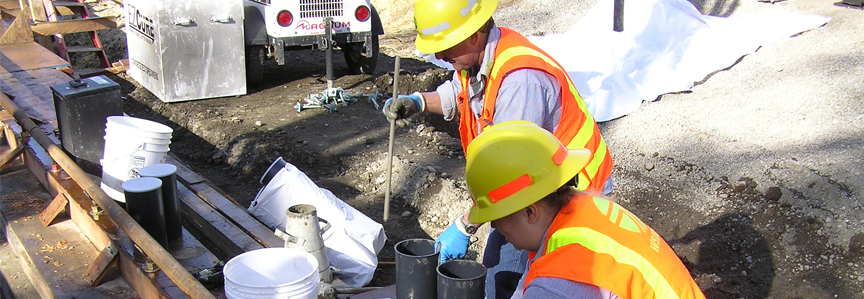
The same mortar panels are used in this test but are exposed to warm and cold cycles, simulating the effects of freezing and thawing. These tests are also completed with intentional defects to see how the coating will react in certain scenarios. These tests are intensive and are completed in rotations of 50, 150, and 300 cycle tests.
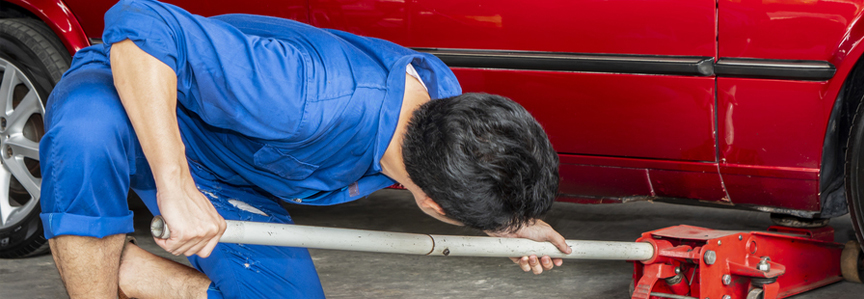
Epoxy coatings are the most resistant forms of concrete protection for many reasons. While they may not be able to protect your concrete forever, they can offer resilience to water and chemical damage with a seamless and nonporous finish that won’t allow any moisture to penetrate its surface. With a weight tolerance of up to 14,000 PSI, epoxies are also up to 7 times stronger than traditional concrete, offering slab protection from dropped objects, heavy storage, and protection from heavy equipment usage.
